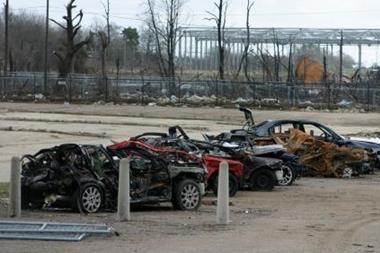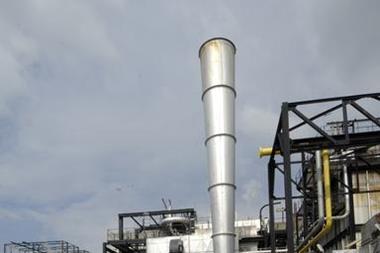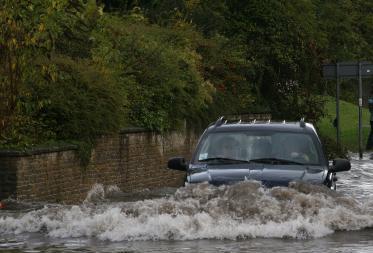Who is responsible for the £700m in losses caused by the Buncefield exlposion?
In the light of the above, risk managers should keep a close eye on the proceedings in the London High Court, which are seeking to settle the question of liability for the £700m losses suffered by those affected by the explosion of a petrol storage tank at Buncefield in England in December 2005. Total, the majority shareholder in the company which operated the plant, has admitted liability for damage caused within a radius of 451 metres of the blast. Those living further away will have to prove that the damage was ‘forseeable’, a claim that Total is likely to deny.
The fundamental principle in English law, as laid down in Overseas Tankship (UK) Ltd. v Morts Dock and Engineering Co. Ltd, (universally known as the Wagon Mound case, after the name of the ship involved) is that you can only be liable for damage which is ‘forseeable’. If your dog escapes the lead into traffic, causing a multiple pile-up, a tanker explosion, and multiple deaths and injuries – you can hardly be held liable for every last consequence of your initial negligence. The question of what is ‘forseeable’ is therefore paramount.
The Buncefield case provides a fascinating (to outsiders) contest between risk management and the law. The burden on Total is to demonstrate that they had taken all reasonable steps to protect their employees and other third parties ‘so far as is reasonably practicable’. Their sophisticated monitoring and shut-down system may have convinced the company that there was no further need for elaborate blast-protection barriers. That system apparently failed. Did that fall within a ‘realistic worst case’ scenario, or will it be deemed ‘incredible’? Will the 451 metre radius (no doubt determined by modelling) be deemed an adequate limit on ‘forseeable’ damage, or will the court throw that argument out?
Whatever the outcome of the case, there are profound implications for risk managers and insurers. If Total is considered to have done enough, those with assets close to potentially risky plants will need to look again at their insurance. If the 451 metre radius is considered inadequate, you may need to look again at the risk management measures you have taken in any potentially hazardous plants you have.



















No comments yet